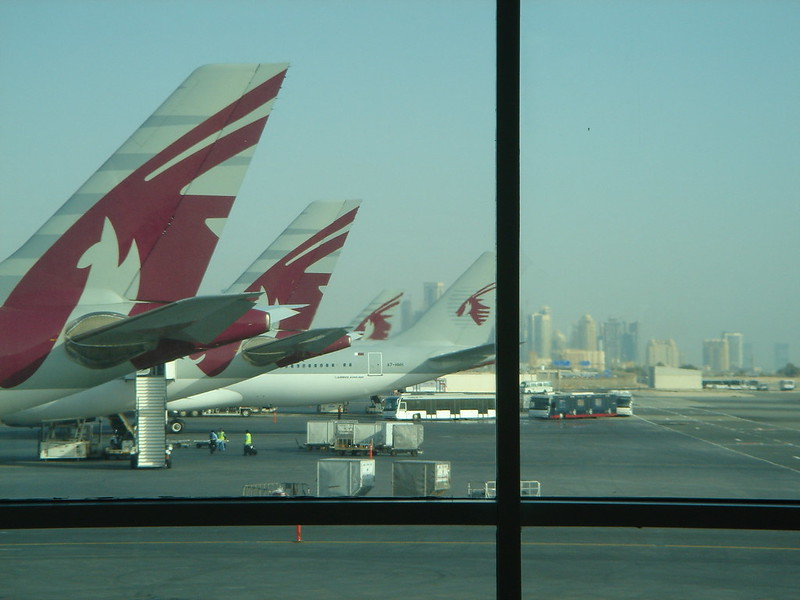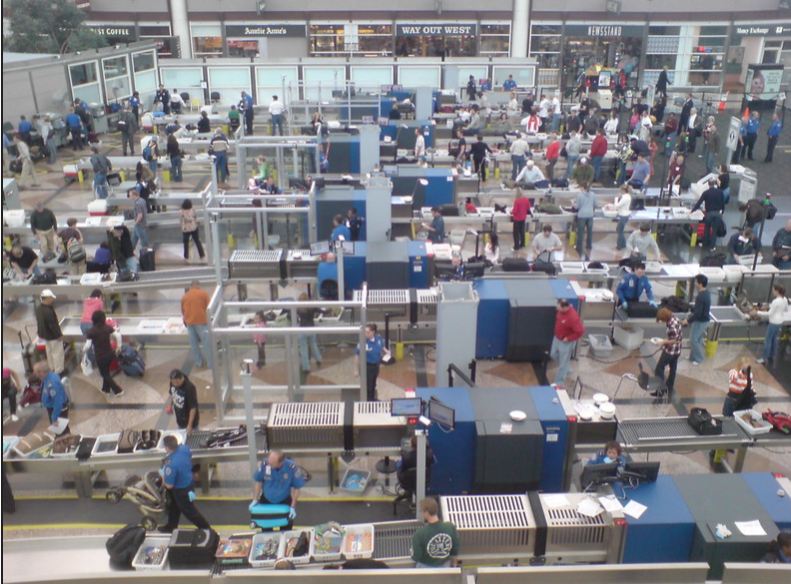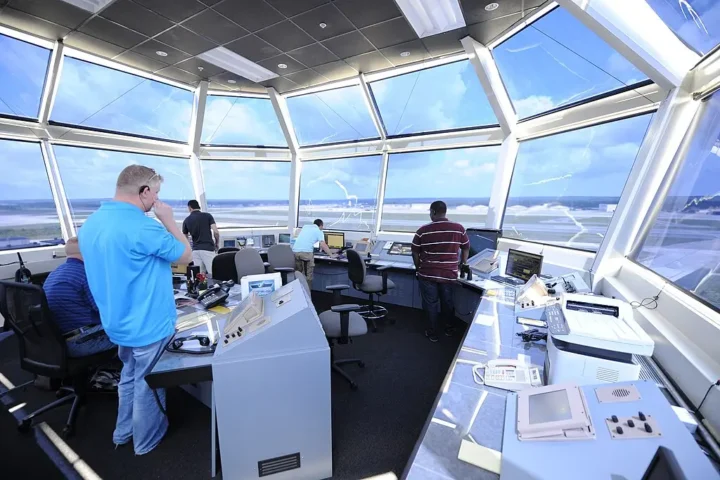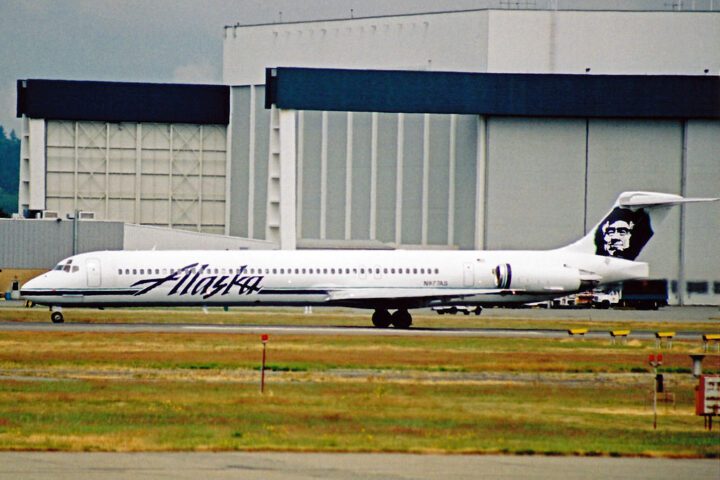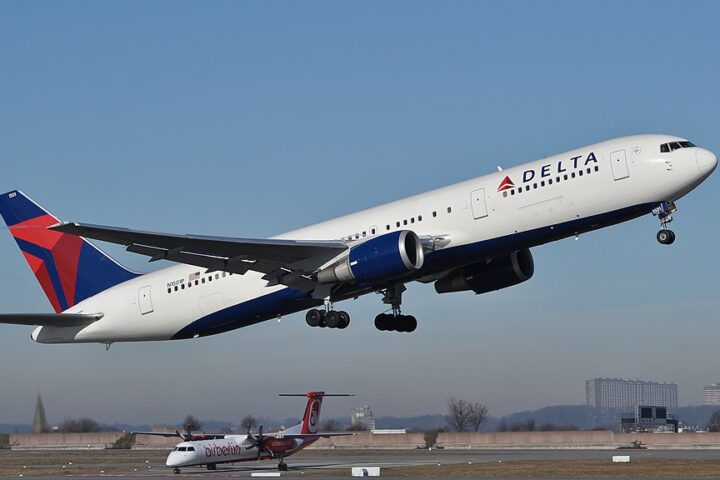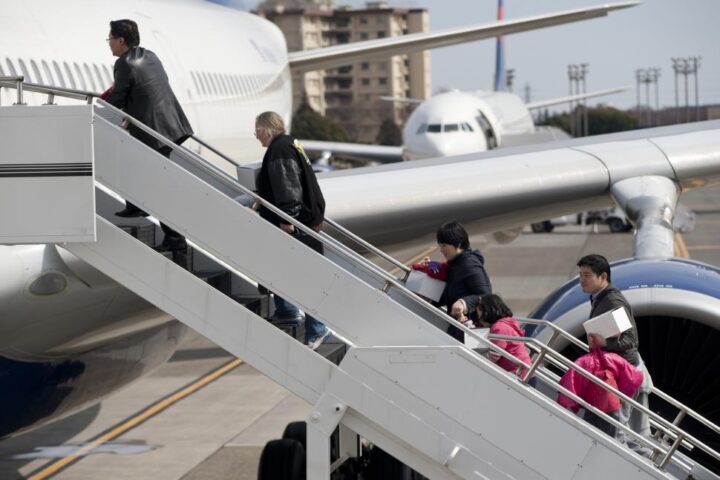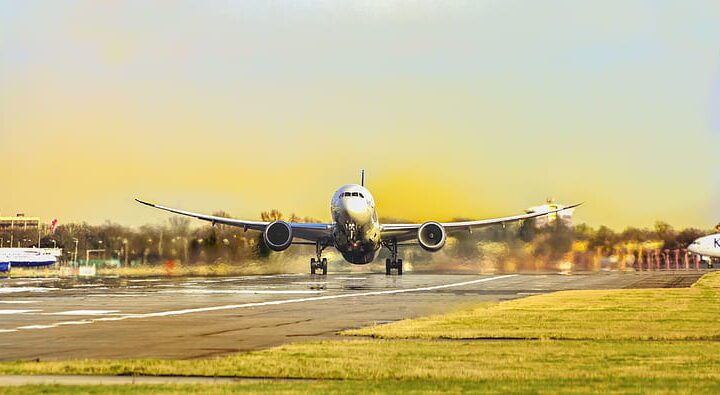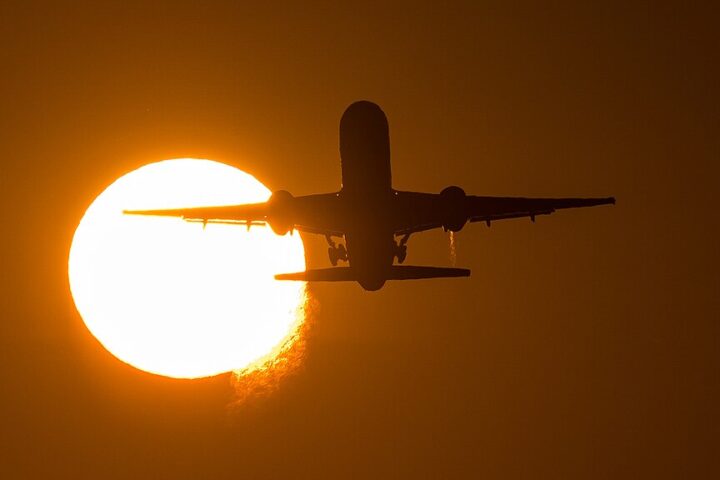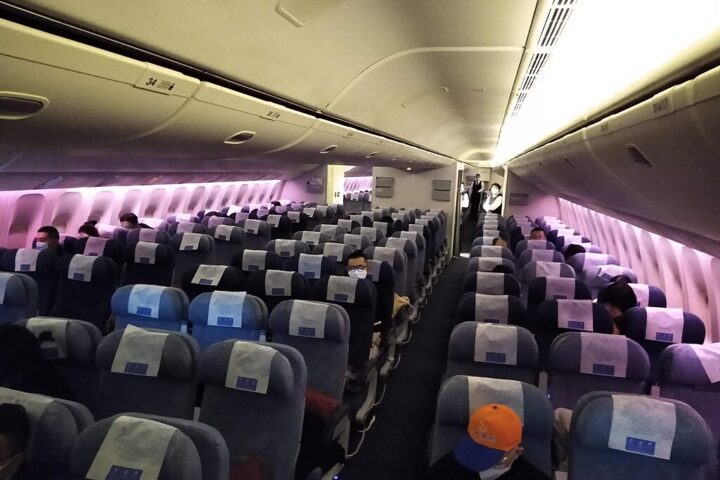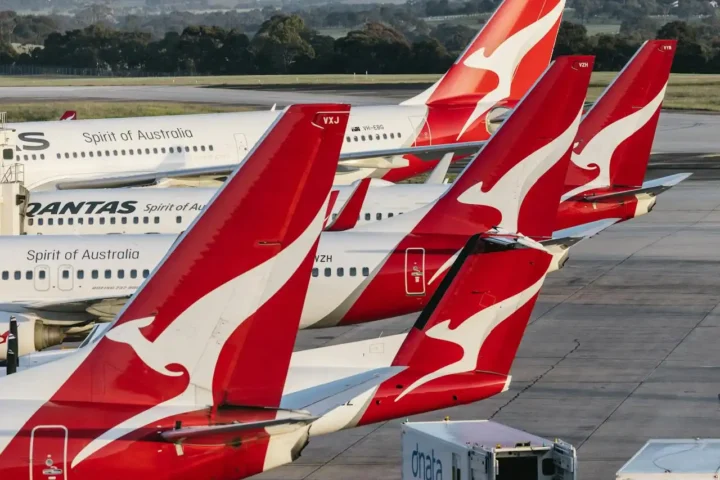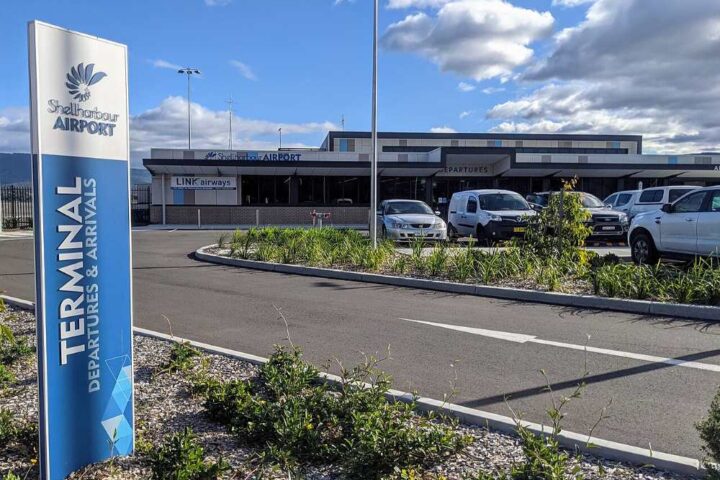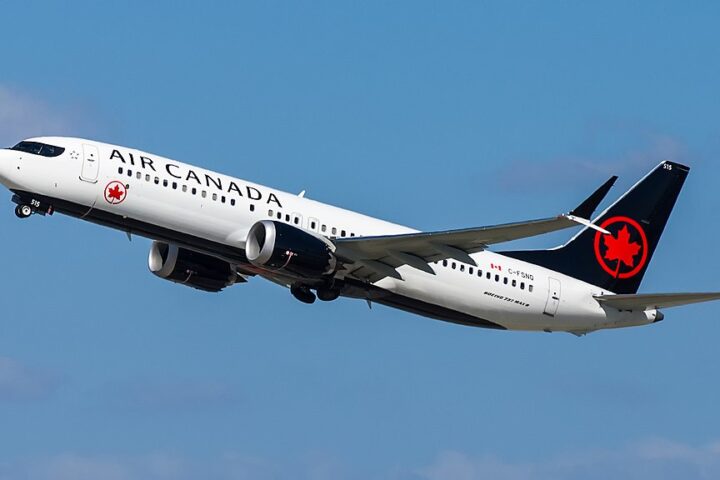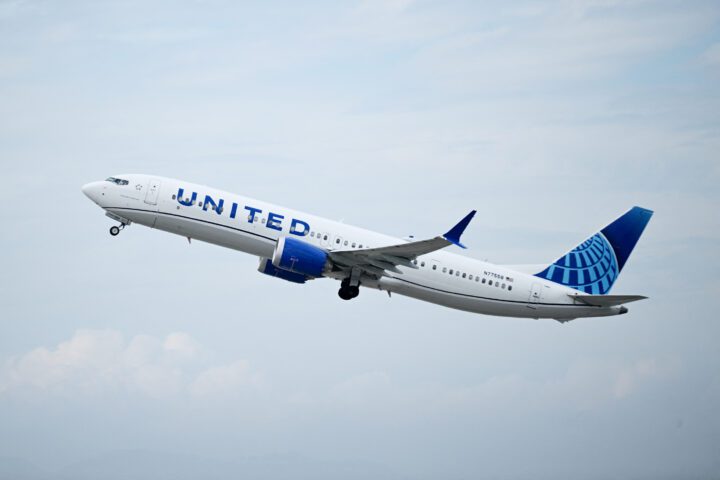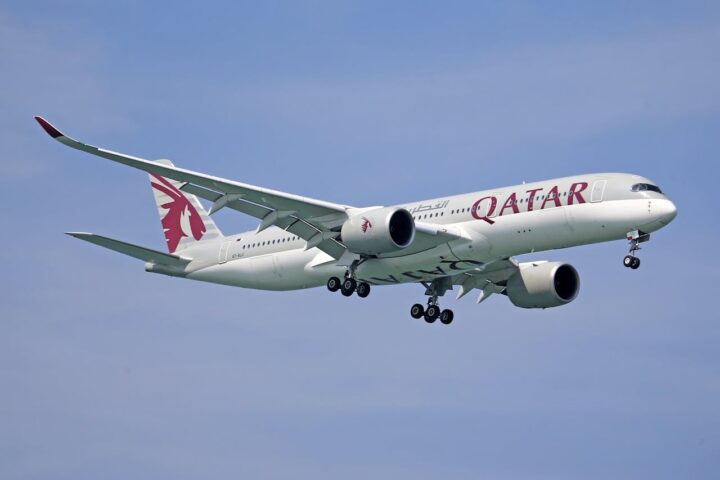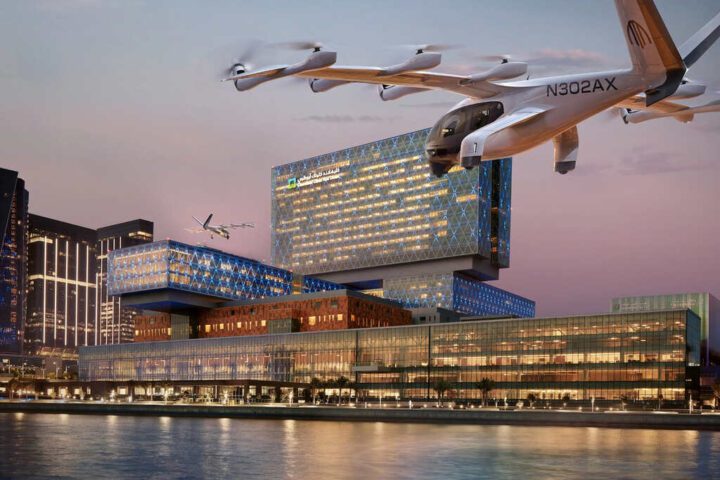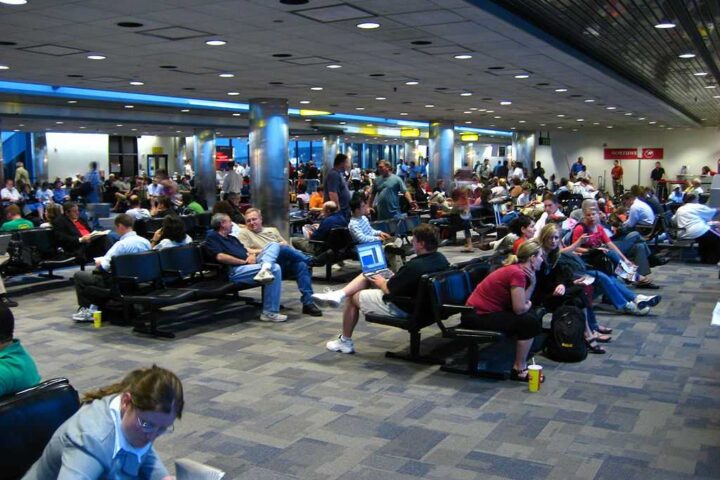The skies over the Middle East have turned into no-fly zones as fighting between Israel and Iran forces airlines worldwide to cancel flights, change routes, and deal with angry passengers stuck in airports.
When Iran fired missiles at a US military base in Qatar on June 23, 2025, several countries quickly shut down their airspace. This came just days after the US bombed Iranian nuclear facilities, making an already tense situation much worse.
“It’s terrifying,” said Miret Padovani, who got stuck at Doha’s airport when her flight to Thailand was canceled. “I heard about missiles coming this way from people in the first-class lounge before it even hit the news.”
The travel mess has spread far beyond the Middle East. Air India has stopped all flights to the Middle East, Europe, and the eastern US. British Airways had to turn planes around mid-flight after they’d already reached Saudi airspace. Singapore Airlines, Qatar Airways, Emirates, American Airlines, and many others have either canceled flights or found longer routes around danger zones.
Finding safe flight paths has become a nightmare puzzle for pilots and airlines. With Russian and Ukrainian airspace already off-limits due to their ongoing war, planes must now squeeze through even fewer corridors – either up north via the Caspian Sea or down south through Egypt and Saudi Arabia.
Dubai and Doha airports – normally buzzing global hubs connecting hundreds of destinations – briefly shut down completely, creating a domino effect of delays worldwide.
Similar Posts
For thousands of travelers, the situation has meant hours of confusion in terminals where even airport staff seemed lost. While airlines offer rebooking or refunds, the rules about compensation for war-related delays vary widely between countries.
US President Donald Trump claimed on social media that Israel and Iran have agreed to a ceasefire, but airlines aren’t rushing to resume normal flights until they’re certain the danger has passed.

The International Air Transport Association had predicted slightly better profits for airlines in 2025, but now acknowledges that this widening conflict poses a serious threat to the industry’s recovery.
As planes reroute through crowded alternate corridors, the ripple effects continue to spread across a global aviation network that was already stretched thin.
